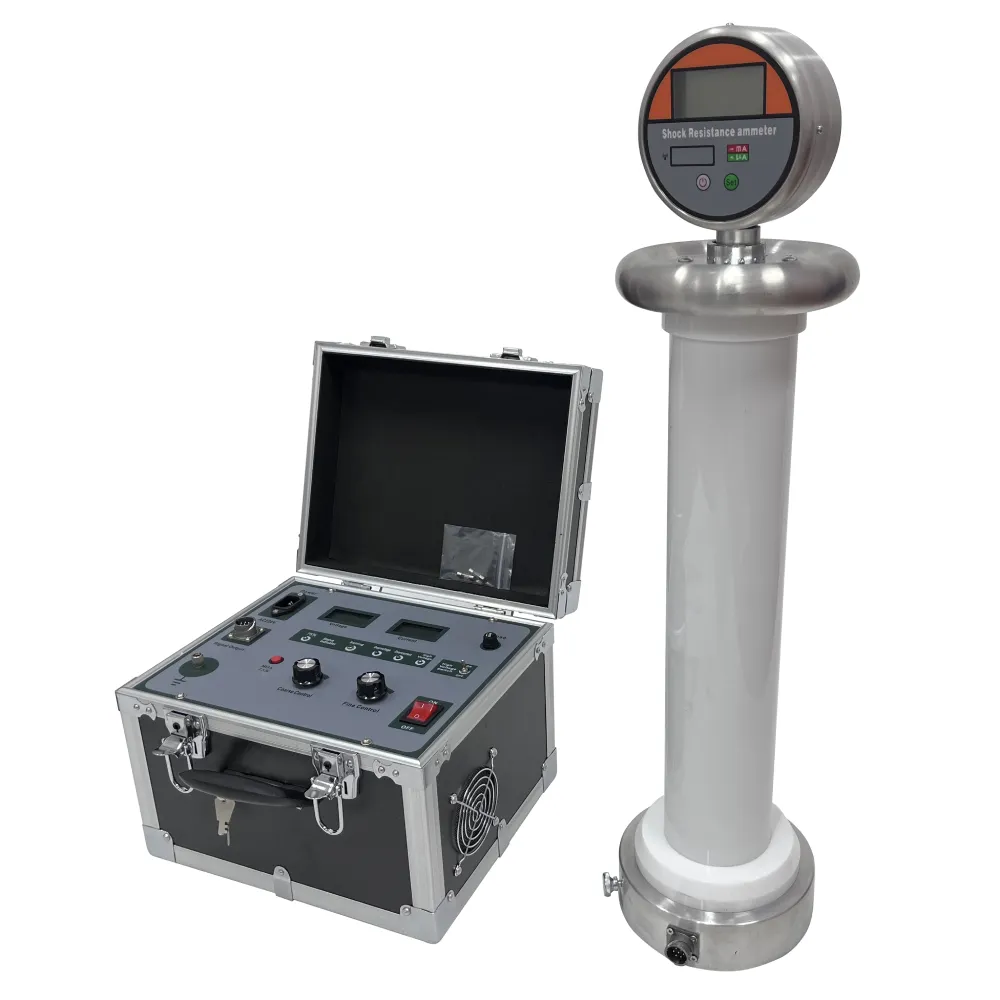 English
English



-
 Afrikaans
Afrikaans -
 Albanian
Albanian -
 Amharic
Amharic -
 Arabic
Arabic -
 Armenian
Armenian -
 Azerbaijani
Azerbaijani -
 Basque
Basque -
 Belarusian
Belarusian -
 Bengali
Bengali -
 Bosnian
Bosnian -
 Bulgarian
Bulgarian -
 Catalan
Catalan -
 Cebuano
Cebuano -
 China
China -
 China (Taiwan)
China (Taiwan) -
 Corsican
Corsican -
 Croatian
Croatian -
 Czech
Czech -
 Danish
Danish -
 Dutch
Dutch -
 English
English -
 Esperanto
Esperanto -
 Estonian
Estonian -
 Finnish
Finnish -
 French
French -
 Frisian
Frisian -
 Galician
Galician -
 Georgian
Georgian -
 German
German -
 Greek
Greek -
 Gujarati
Gujarati -
 Haitian Creole
Haitian Creole -
 hausa
hausa -
 hawaiian
hawaiian -
 Hebrew
Hebrew -
 Hindi
Hindi -
 Miao
Miao -
 Hungarian
Hungarian -
 Icelandic
Icelandic -
 igbo
igbo -
 Indonesian
Indonesian -
 irish
irish -
 Italian
Italian -
 Japanese
Japanese -
 Javanese
Javanese -
 Kannada
Kannada -
 kazakh
kazakh -
 Khmer
Khmer -
 Rwandese
Rwandese -
 Korean
Korean -
 Kurdish
Kurdish -
 Kyrgyz
Kyrgyz -
 Lao
Lao -
 Latin
Latin -
 Latvian
Latvian -
 Lithuanian
Lithuanian -
 Luxembourgish
Luxembourgish -
 Macedonian
Macedonian -
 Malgashi
Malgashi -
 Malay
Malay -
 Malayalam
Malayalam -
 Maltese
Maltese -
 Maori
Maori -
 Marathi
Marathi -
 Mongolian
Mongolian -
 Myanmar
Myanmar -
 Nepali
Nepali -
 Norwegian
Norwegian -
 Norwegian
Norwegian -
 Occitan
Occitan -
 Pashto
Pashto -
 Persian
Persian -
 Polish
Polish -
 Portuguese
Portuguese -
 Punjabi
Punjabi -
 Romanian
Romanian -
 Russian
Russian -
 Samoan
Samoan -
 Scottish Gaelic
Scottish Gaelic -
 Serbian
Serbian -
 Sesotho
Sesotho -
 Shona
Shona -
 Sindhi
Sindhi -
 Sinhala
Sinhala -
 Slovak
Slovak -
 Slovenian
Slovenian -
 Somali
Somali -
 Spanish
Spanish -
 Sundanese
Sundanese -
 Swahili
Swahili -
 Swedish
Swedish -
 Tagalog
Tagalog -
 Tajik
Tajik -
 Tamil
Tamil -
 Tatar
Tatar -
 Telugu
Telugu -
 Thai
Thai -
 Turkish
Turkish -
 Turkmen
Turkmen -
 Ukrainian
Ukrainian -
 Urdu
Urdu -
 Uighur
Uighur -
 Uzbek
Uzbek -
 Vietnamese
Vietnamese -
 Welsh
Welsh -
 Bantu
Bantu -
 Yiddish
Yiddish -
 Yoruba
Yoruba -
 Zulu
Zulu
transformer insulation test
Transformer Insulation Testing Ensuring Reliability and Performance
Transformer insulation testing plays a vital role in maintaining the efficiency and reliability of electrical power systems. Transformers are essential components in power distribution, converting high voltage electricity from power plants down to usable levels for homes and businesses. Given their critical role in the electrical grid, ensuring that transformers operate safely and effectively is paramount. One of the key factors in the performance of transformers is the integrity of their insulation.
The Importance of Insulation
Electrical insulation in transformers serves to isolate electrical components, preventing unwanted current flow that could lead to shorts, overloads, or other dangerous failures. Over time, insulation materials can degrade due to thermal stress, moisture ingress, and mechanical wear. If the insulation system of a transformer fails, the consequences can be severe, leading to transformer outages, costly repairs, and potential hazards such as fires or electrical shocks.
Types of Insulation Testing
Various methods are employed to assess the condition of transformer insulation
1. Insulation Resistance Testing (IRT) This test measures the resistance of the insulation to direct current (DC). High resistance values indicate good insulation while lower values can signal degradation or moisture presence. The results are compared to manufacturer specifications and industry standards to evaluate the insulation's condition.
2. Power Factor Testing This method assesses the effectiveness of the insulation by measuring the power factor of the insulation system. A higher power factor indicates poorer insulation quality and higher dielectric losses, which can lead to overheating and failure.
transformer insulation test

3. Dissipation Factor (DF) Testing Similar to power factor testing, dissipation factor tests evaluate the energy loss in the insulation materials. A rising dissipation factor may suggest insulation breakdown or contamination.
4. Buzz Test This high-voltage test momentarily applies high voltage to the transformer to check for insulation breakdown. It helps to identify weaknesses not detectable through standard testing methods.
5. Time-domain Reflectometry (TDR) This advanced technique evaluates the insulation by sending pulses along the cable and analyzing reflections to detect faults or discontinuities. It is particularly useful for assessing winding insulation quality.
Best Practices for Insulation Testing
Conducting insulation tests requires adherence to industry best practices to ensure accurate and reliable results. Testing should be performed under appropriate environmental conditions to avoid false readings caused by humidity or temperature fluctuations. Regular testing intervals should be established based on the transformer's age, operational conditions, and historical performance data.
Additionally, maintaining comprehensive records of all test results is crucial for trend analysis and predictive maintenance. This data helps utility managers make informed decisions about transformer operations and schedule necessary repairs or replacements before catastrophic failures occur.
Conclusion
Transformer insulation testing is an essential practice for ensuring the longevity and reliability of power systems. By employing various testing methods and following best practices, utilities and electrical engineers can maintain transformer performance and prevent costly failures. As the demand for reliable electrical supply continues to grow, investing in insulation testing will help secure the future of electrical infrastructure, ensuring both safety and efficiency in power distribution.
-
Testing Equipment Industry Sees Major Advancements in 2025: Smart & Precision Technologies Lead the WayNewsJun.06,2025
-
Applications of Direct Current Generators in Renewable Energy SystemsNewsJun.05,2025
-
Hipot Tester Calibration and Accuracy GuidelinesNewsJun.05,2025
-
Digital Circuit Breaker Analyzer Features and BenefitsNewsJun.05,2025
-
Benefits of Real-Time Power Quality Monitoring Devices for Industrial EfficiencyNewsJun.05,2025
-
Earth Fault Loop Testing in High-Rise Building Electrical SystemsNewsJun.05,2025



